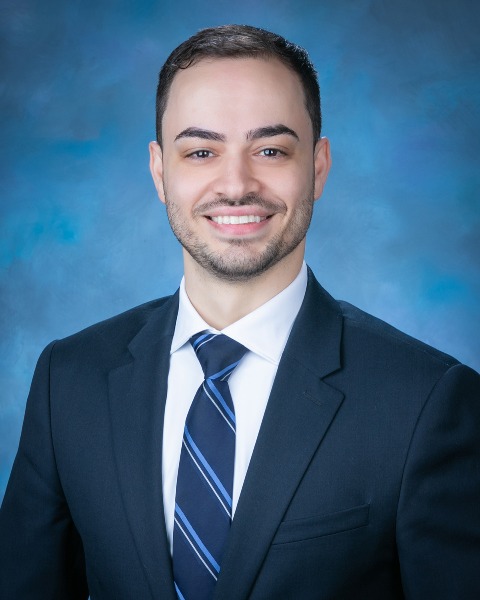Portal Hypertension
Meta-analysis of Transjugular Intrahepatic Portosystemic Shunt Creation with Intravascular Ultrasound Guidance

Qian Yu, MD (he/him/his)
Resident
University of ChicagoDisclosure(s): No financial relationships to disclose

Osman Ahmed, MD, FSIR
Associate Professor of Radiology
University of Chicago.jpg)
Subhash Gutti, BA (he/him/his)
Medical Student
George Washington University School of Medicine
Deepak Iyer, MD (he/him/his)
Resident Physician
Icahn School of Medicine at Mount Sinai
J. Fritz F. Angle, MD
Director of Interventional Radiology
Department of Radiology and Medical Imaging, University of Virginia
Rakesh C. Navuluri, MD, FSIR
Associate Professor
University of Chicago- JL
Jonathan Lorenz, MD, FSIR
Professor of Radiology
The University of Chicago - ES
Emily Sellers, MD
Resident
University of Chicago - SA
Syed Ahmed, BS
Medical Student
Midwestern University Chicago College of Osteopathic Medicine - AS
Adam Said, BS
Student
UIUC 
Waseem Wahood, MS
Medical Student
Dr. Kiran C. Patel College of Allopathic Medicine, Nova Southeastern University- MP
Mikin Patel, MD
Assistant Professor
University of Chicago
Poster Presenter(s)
Author/Co-author(s)
Materials and Methods:
: MEDLINE and Embase databases were queried until July 2022 for comparative studies reporting procedure metrics for TIPS creation with or without IVUS guidance. Meta-analysis was performed with random-effects modeling for total procedural time, time to portal venous access, fluoroscopy time, iodinated contrast volume use, air kerma, dose area product, and number of needle passes. Intraoperative procedure-related complications were also reviewed.
Results:
Of 95 unique records initially identified, 6 were eligible for inclusion. A total of 194 and 240 patients underwent TIPS with and without IVUS guidance. Pooled analyses indicated that IVUS guidance was associated with reduced total procedure time (SMD -0.76 [95% CI -1.02, -0.50] P < 0.001), time to portal venous access (SMD -0.41 [95% CI -0.67, -0.15] P = 0.002), fluoroscopy time (SMD, -0.54 [95% CI -1.02, -0.07]; P = 0.002), contrast volume use (SMD, -0.89 [95% CI -1.16, -0.63]; P < 0.001), air kerma (SMD, -0.75 [95% CI -1.11, -0.38]; P < 0.001) and dose area product (SMD, -0.98 [95% CI -1.77, -0.20]; P = 0.013). 4.2 and 7.8 needle passes were required in the IVUS and non-IVUS group, respectively (SMD, -0.60 [95% CI -1.42, 0.21]; P = 0.134), whereas pooled complication rates were 15.2% (12/79), and 21.4 % (28/131), respectively.
Conclusion:
IVUS guidance during TIPS creation improves procedural metrics including procedural time, contrast usage, and radiation exposure.

.png)
.png)
.png)
.jpg)
.jpg)
.png)
.png)
.jpg)
.png)